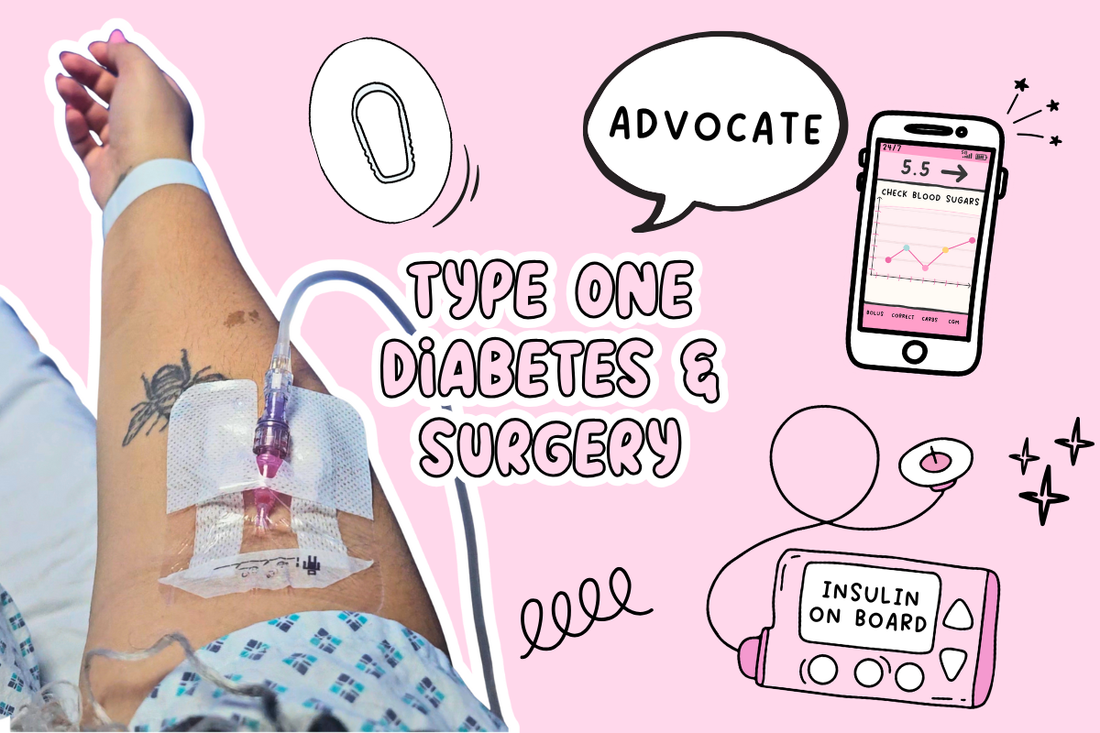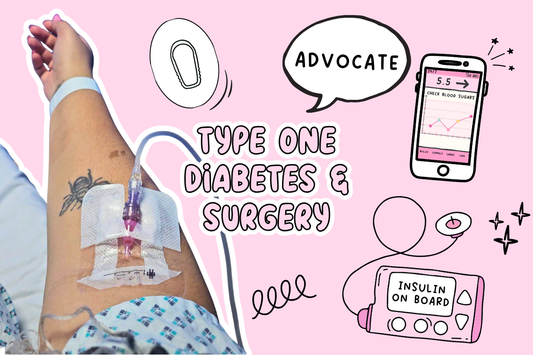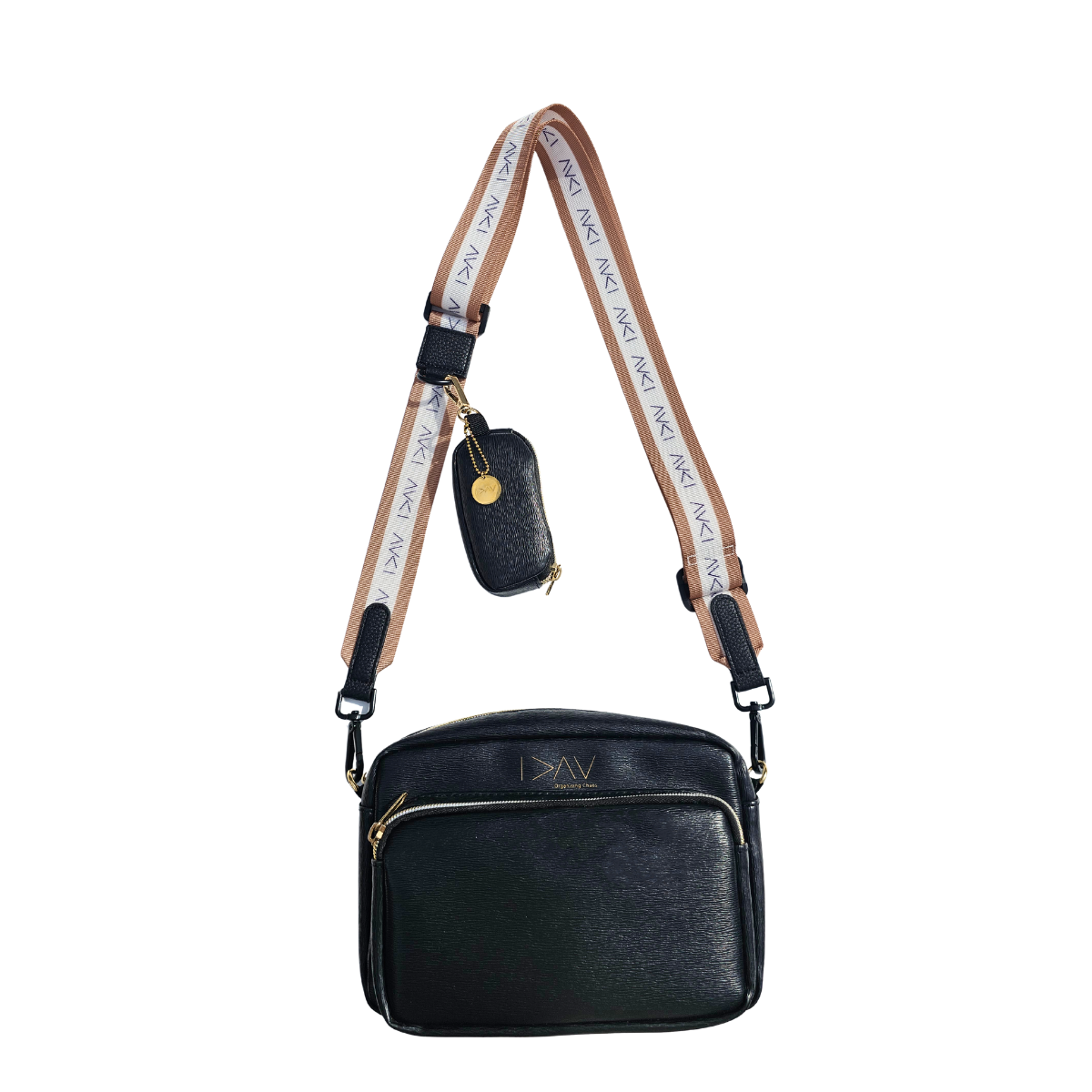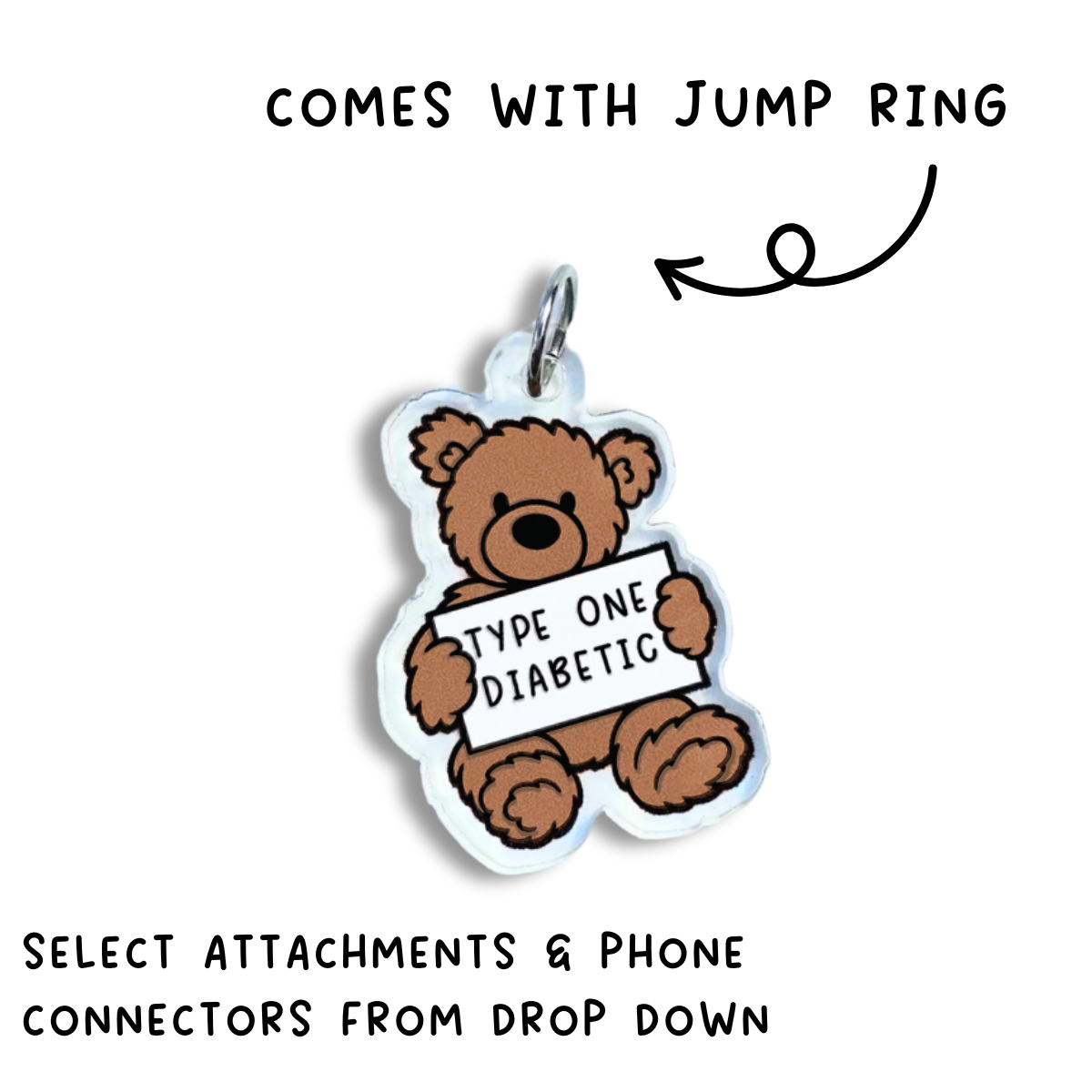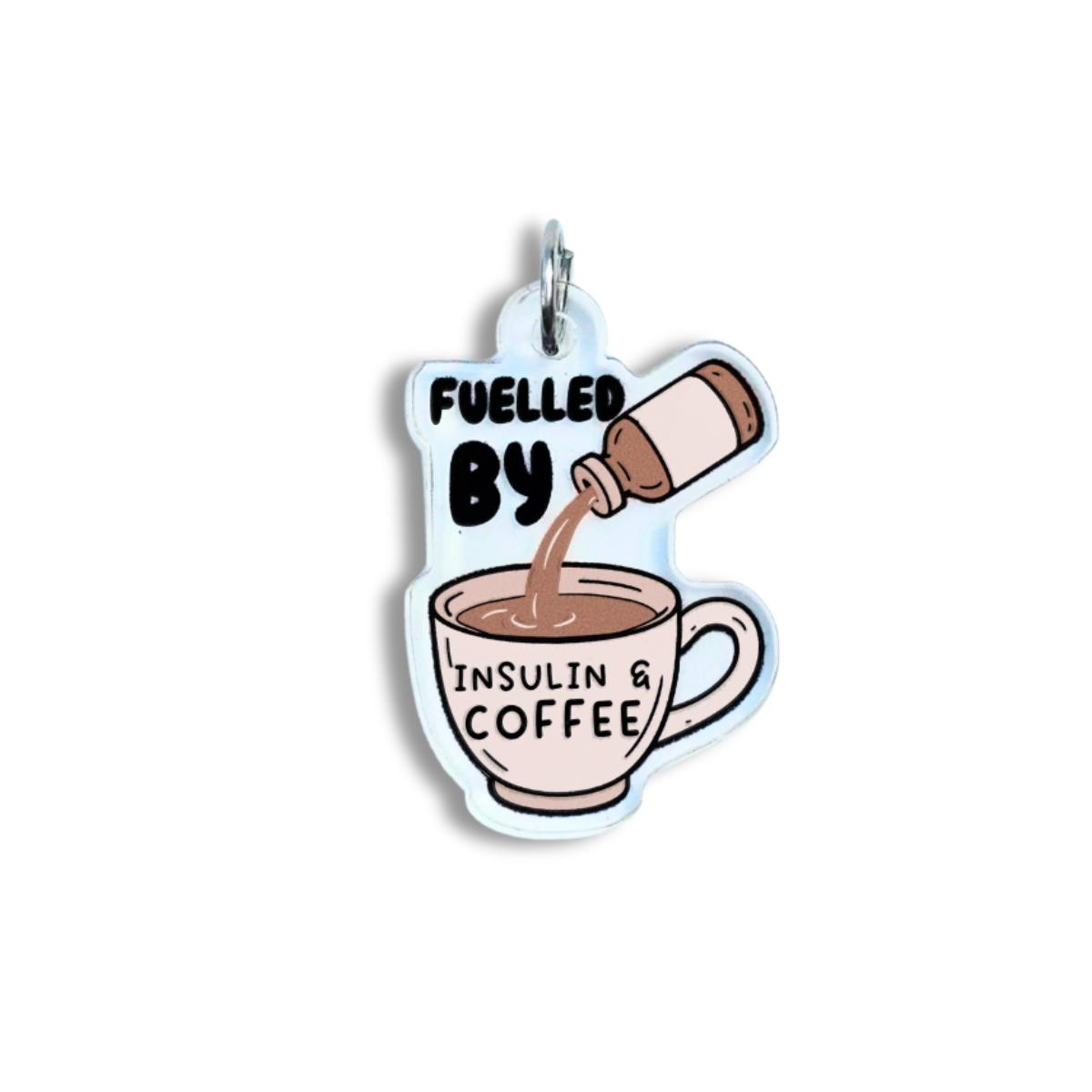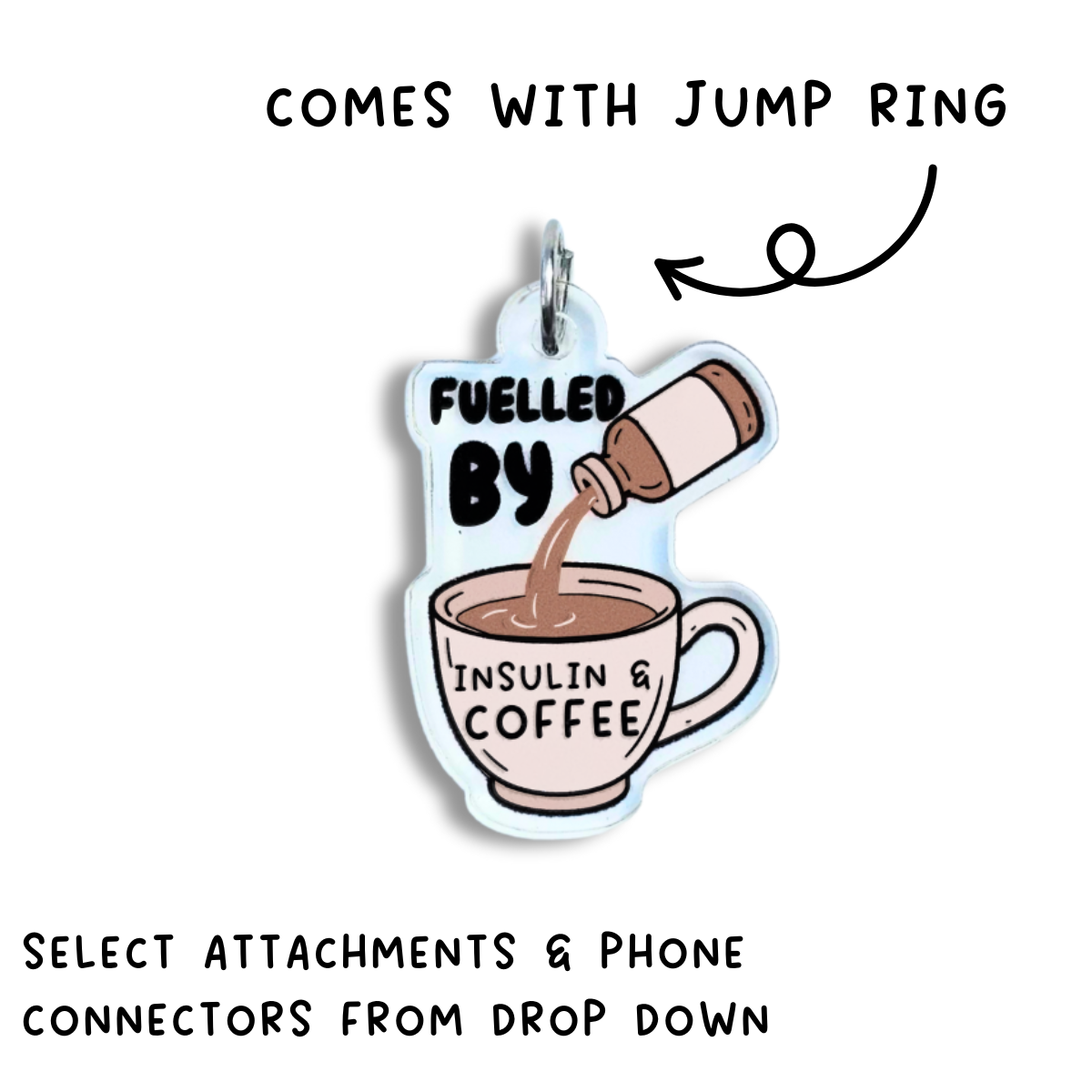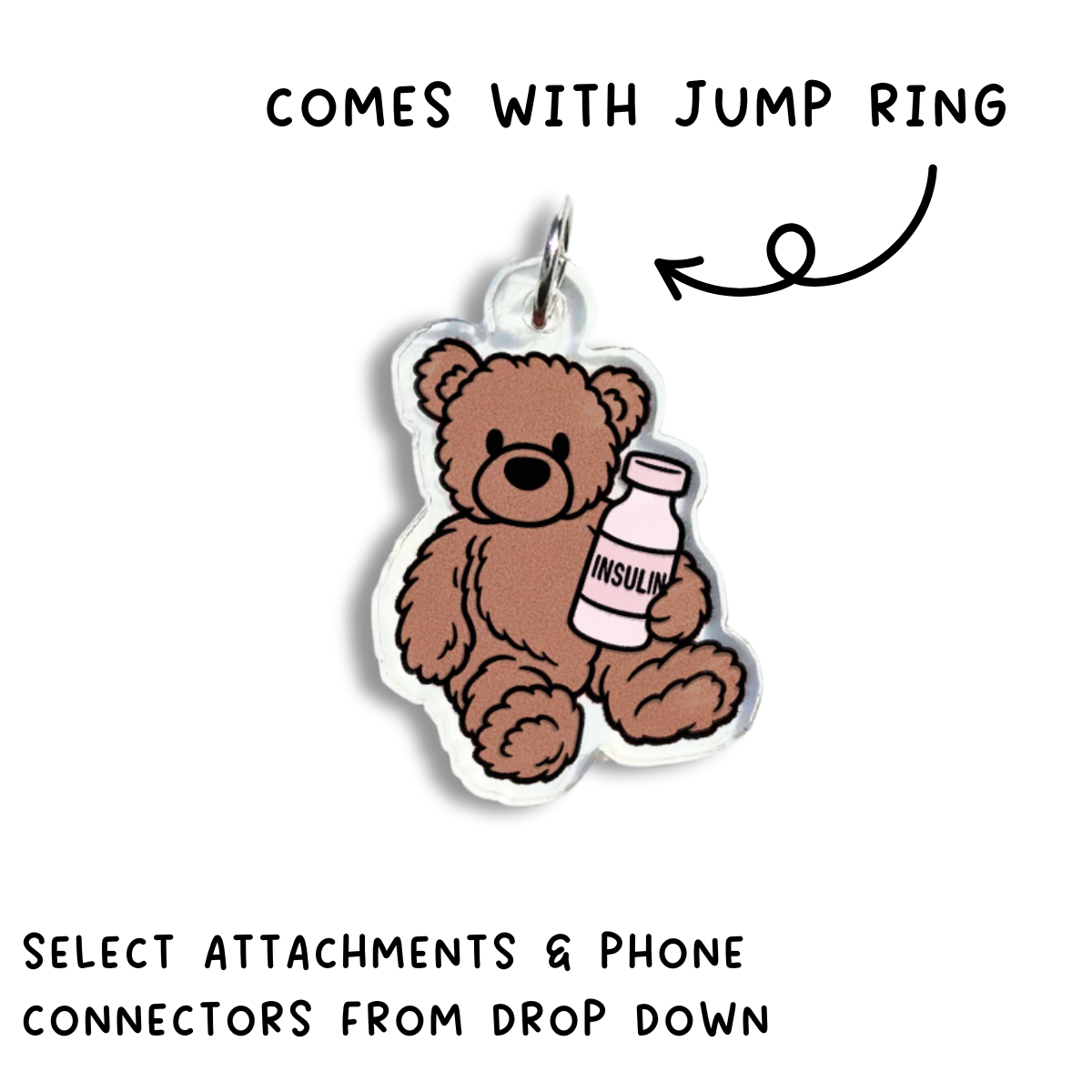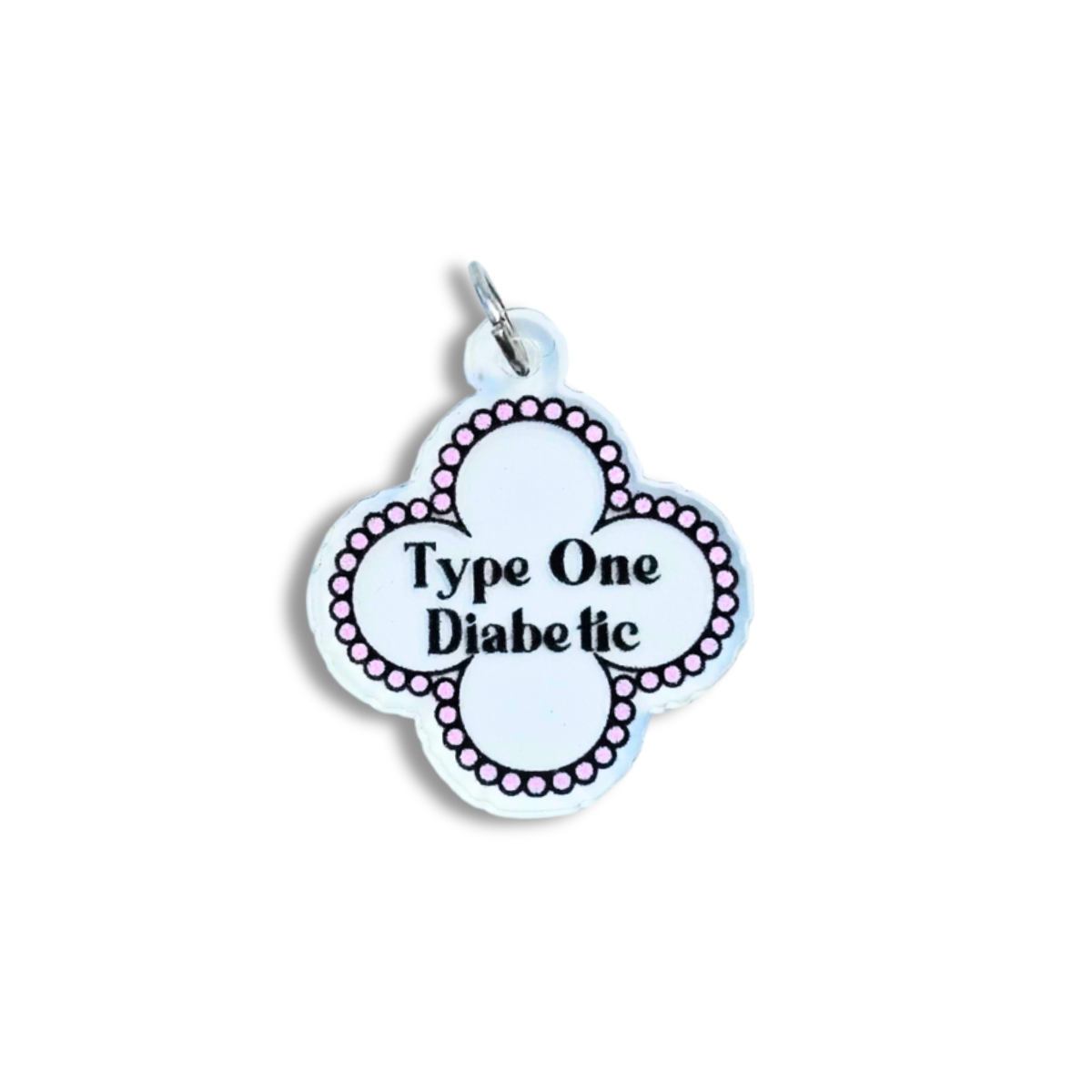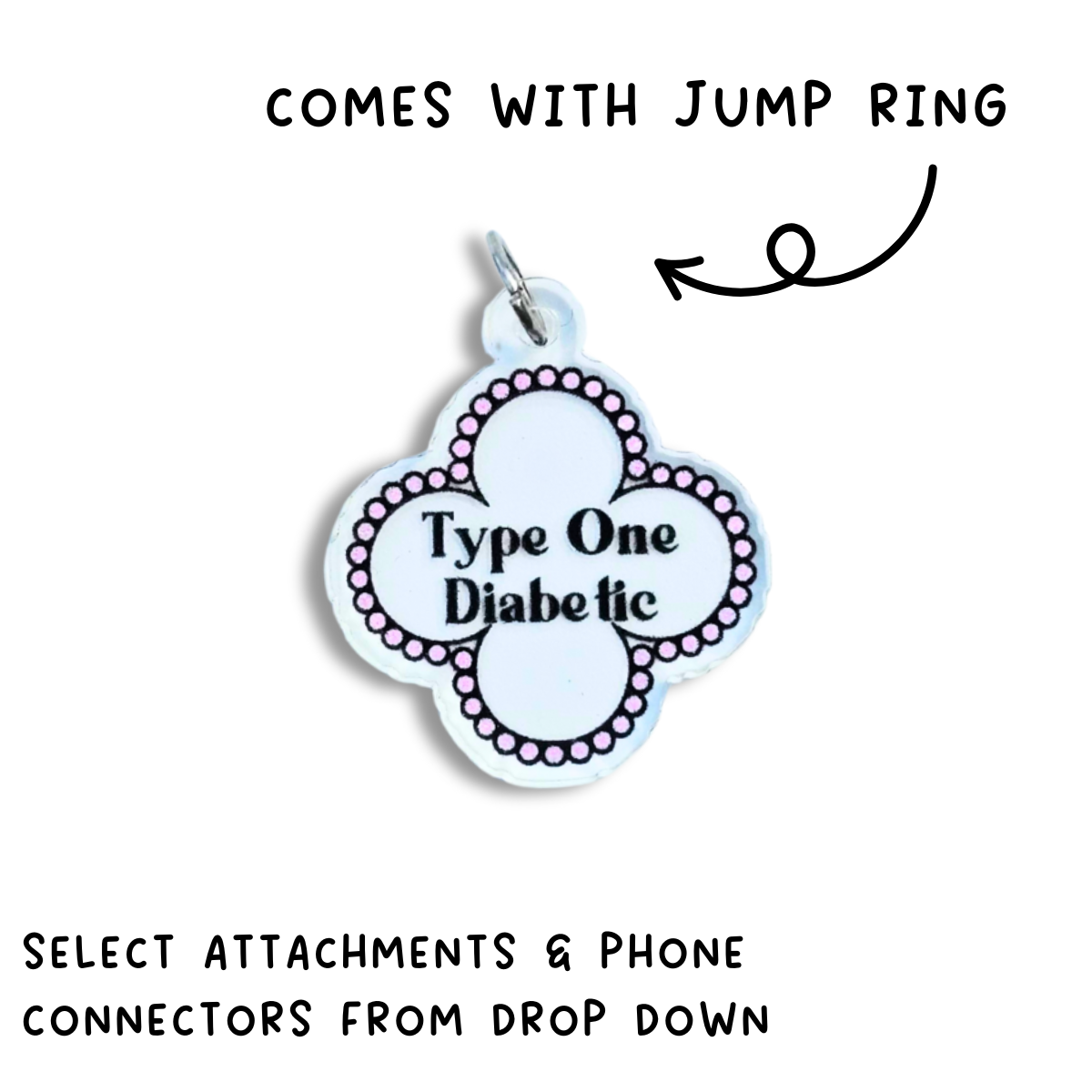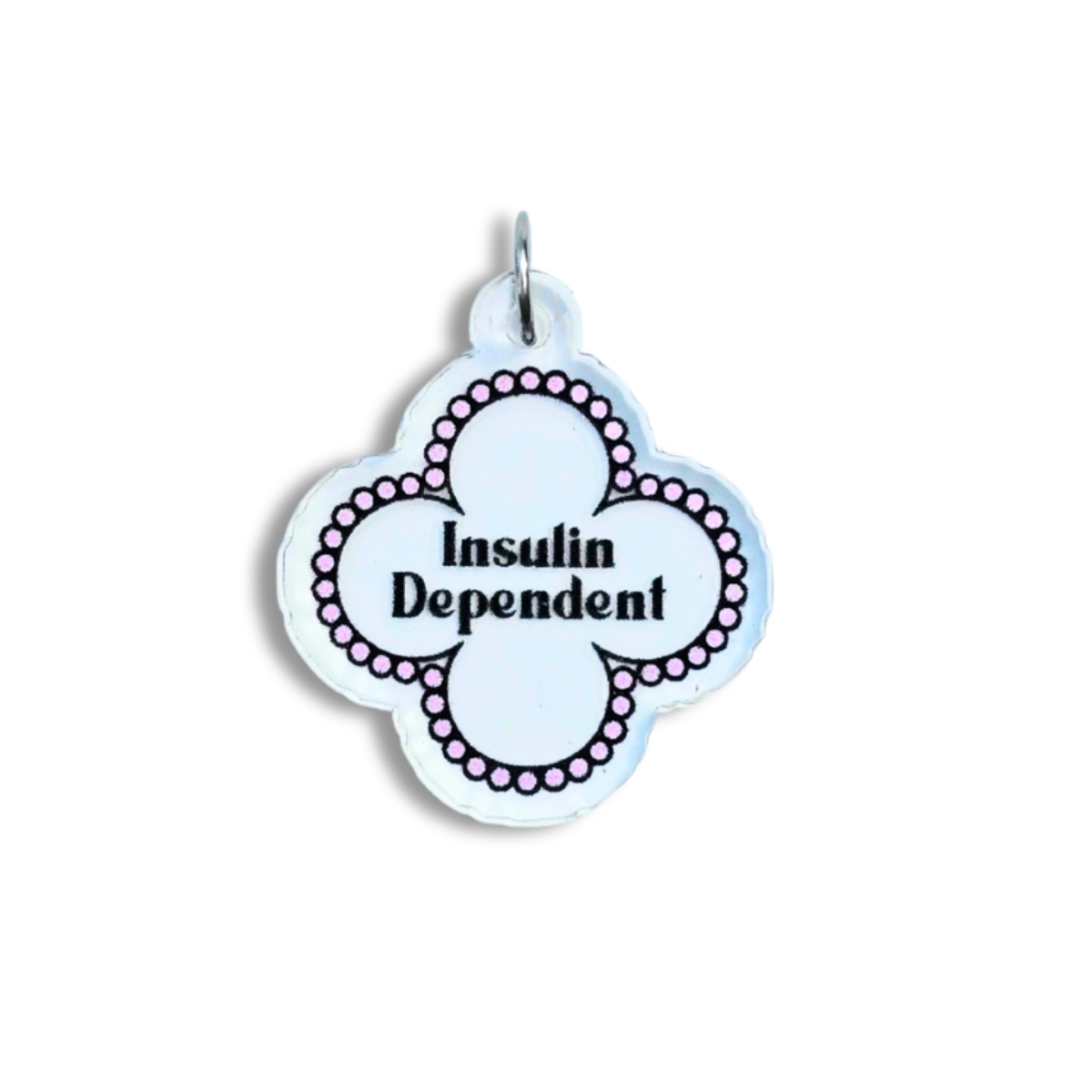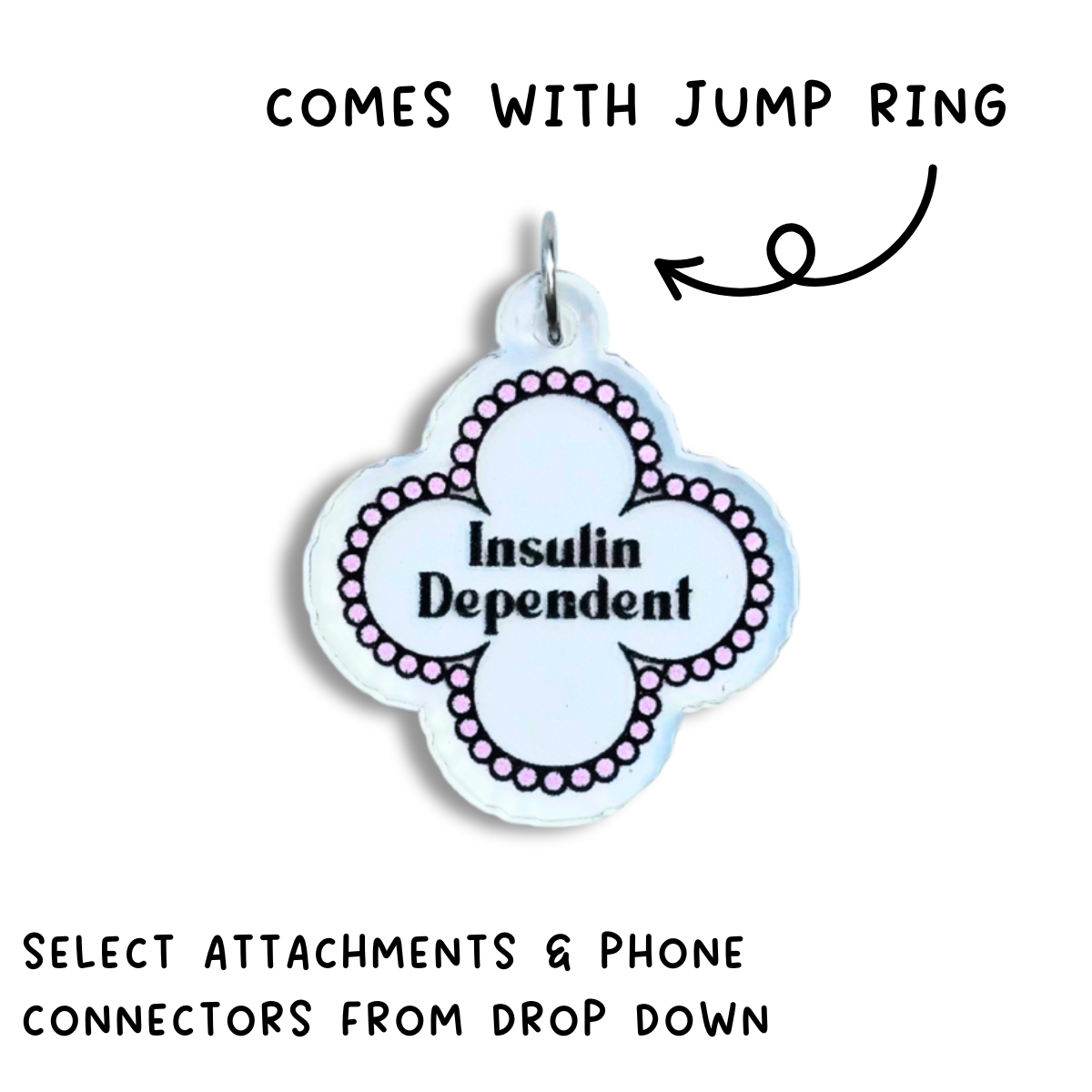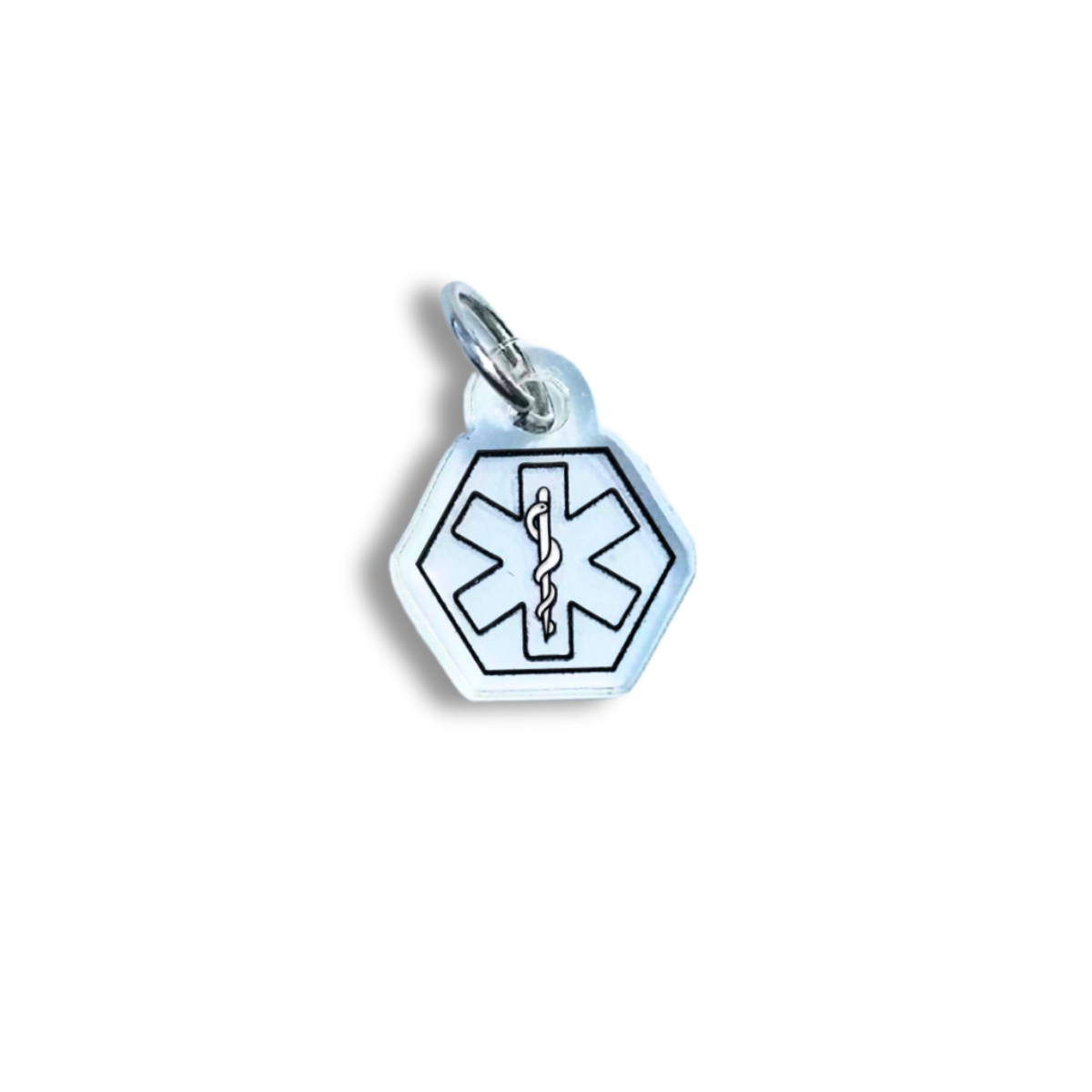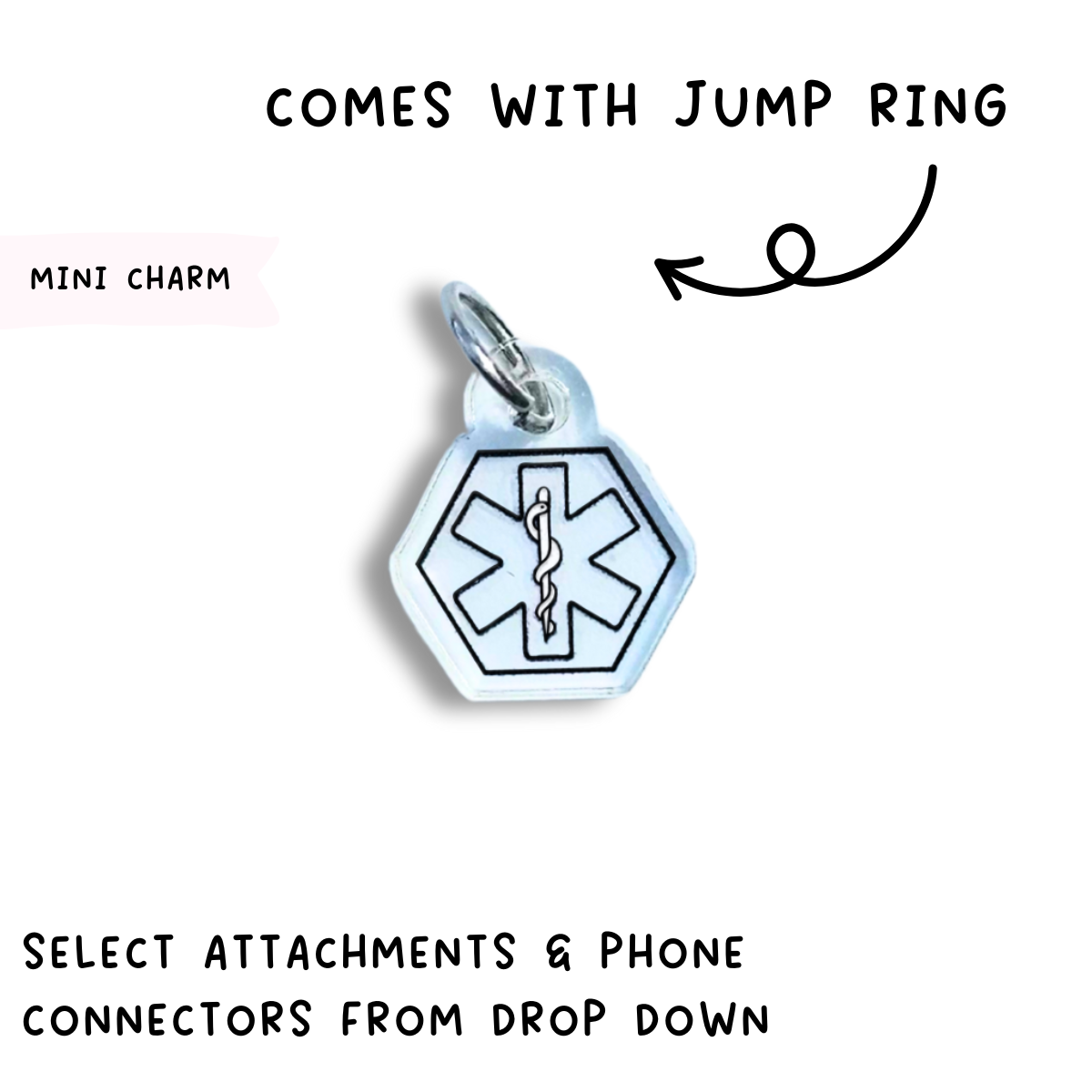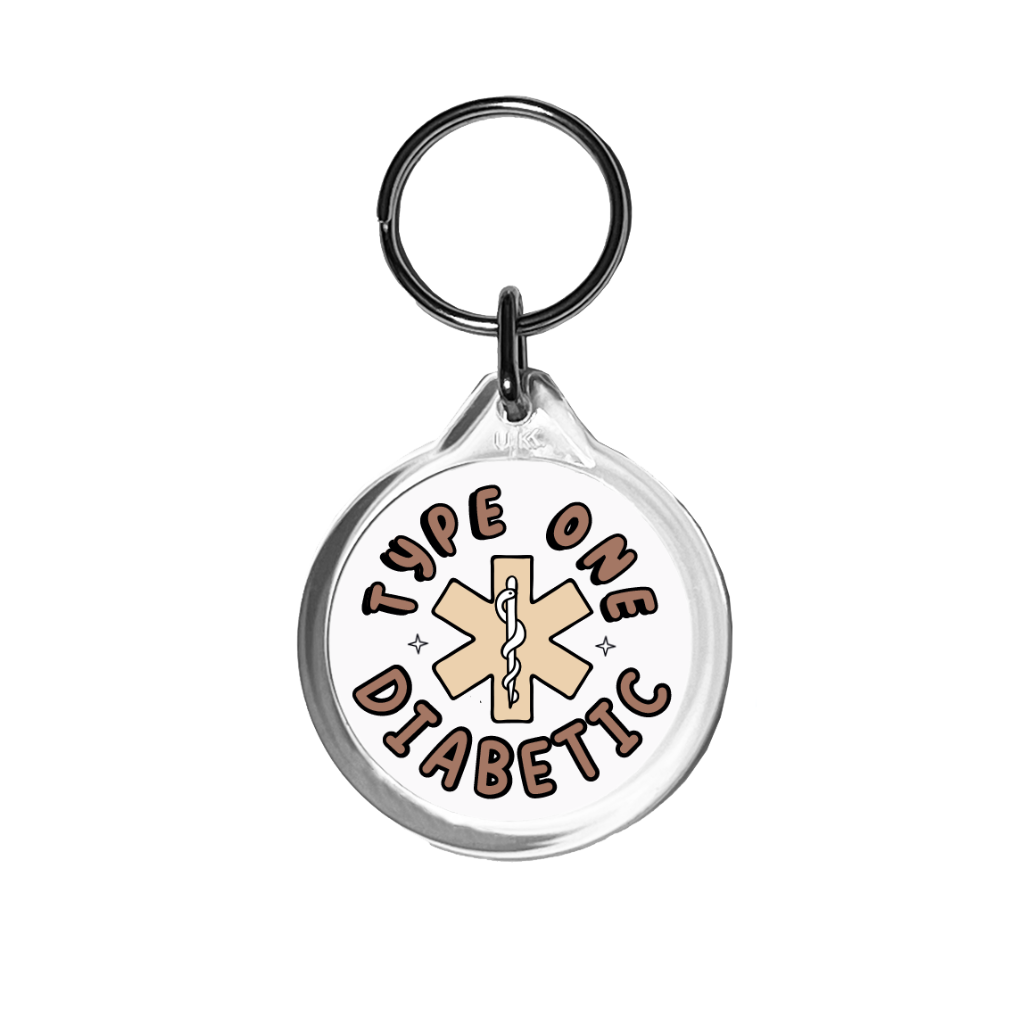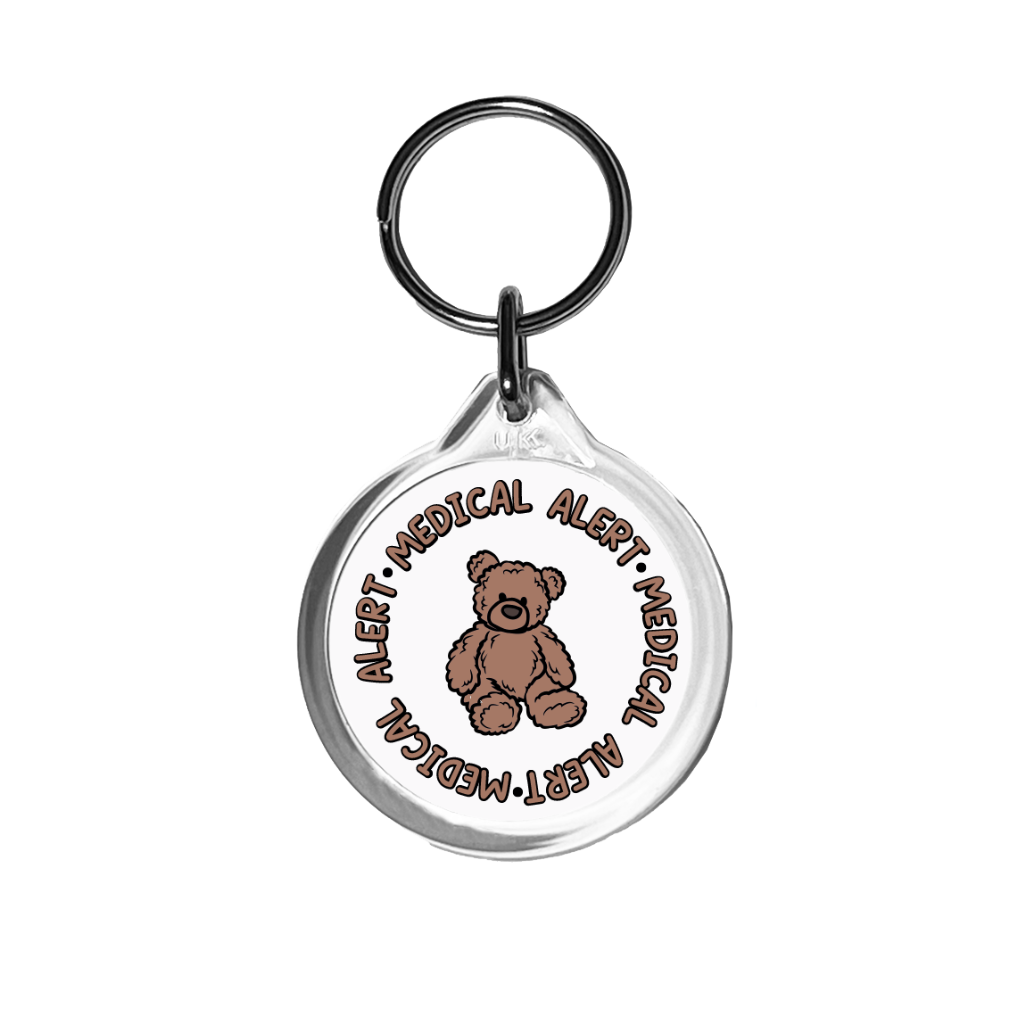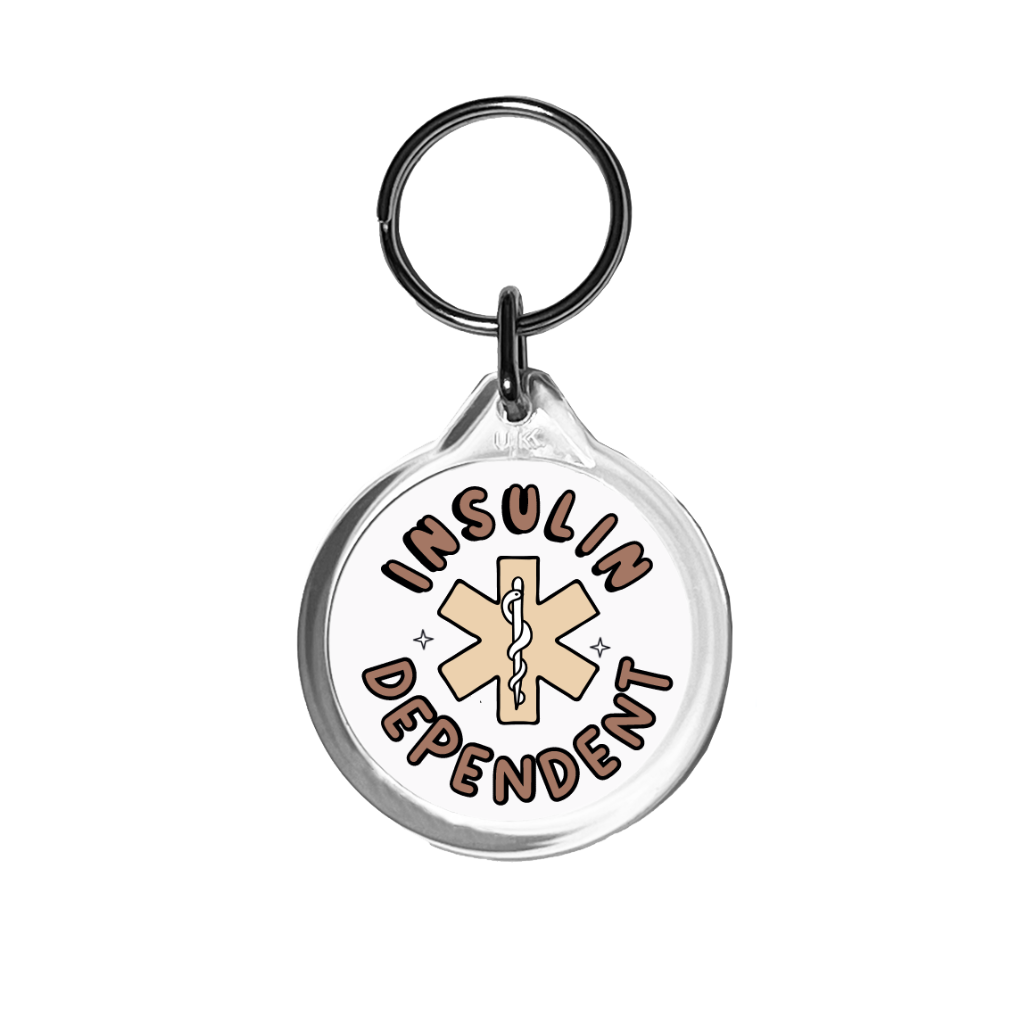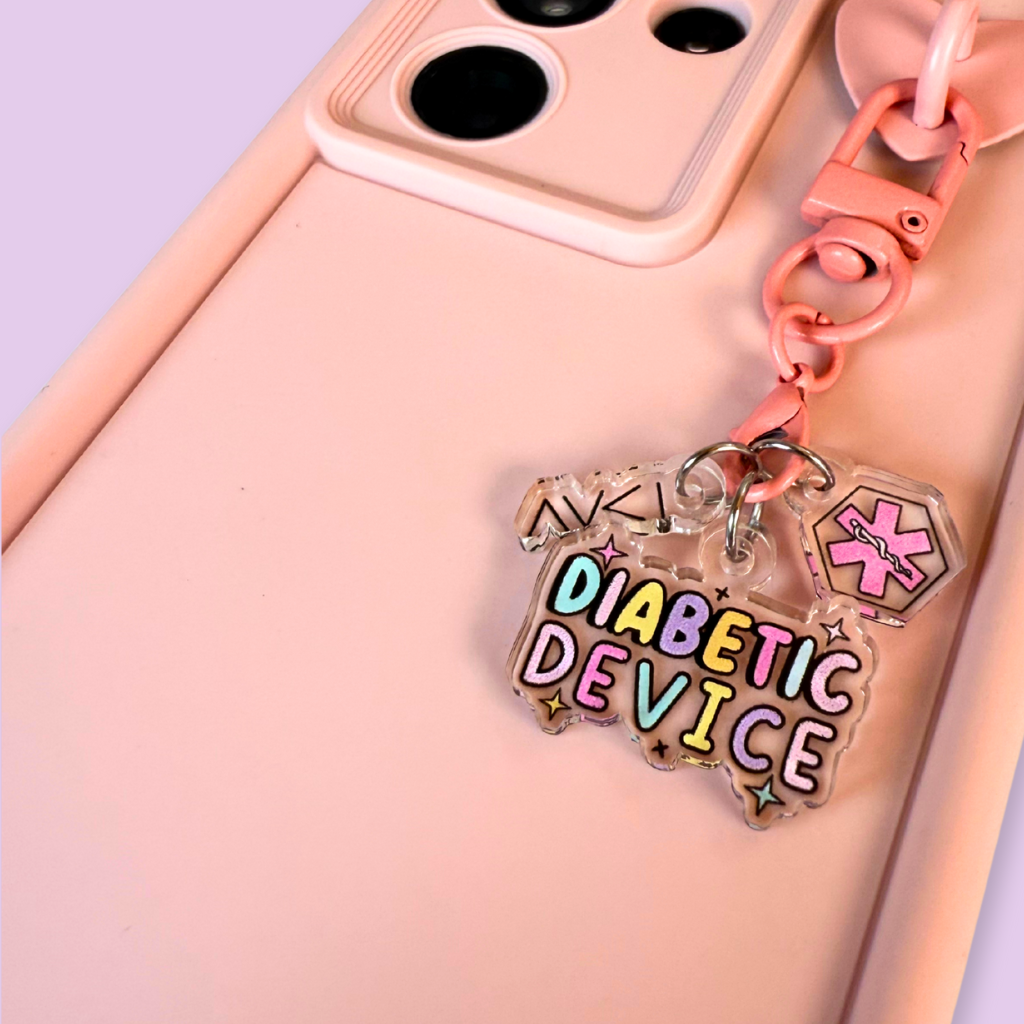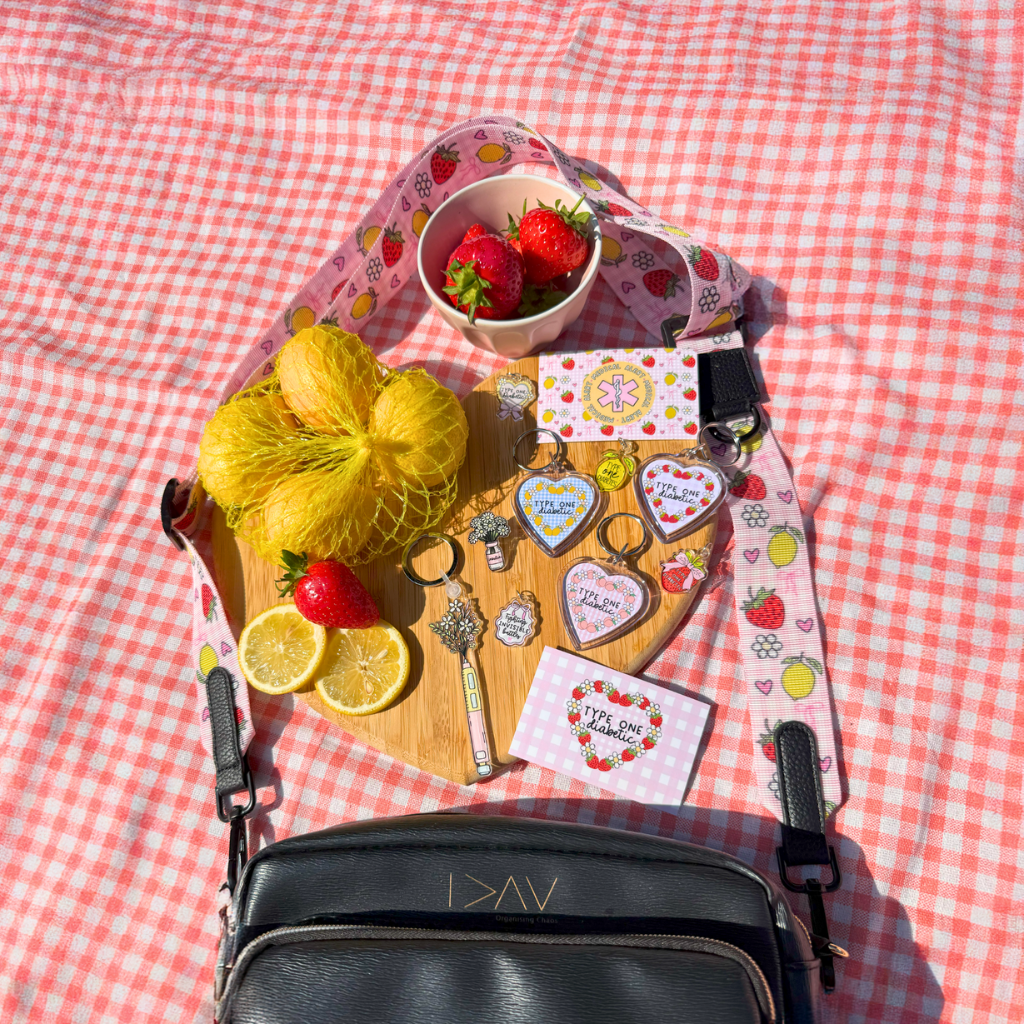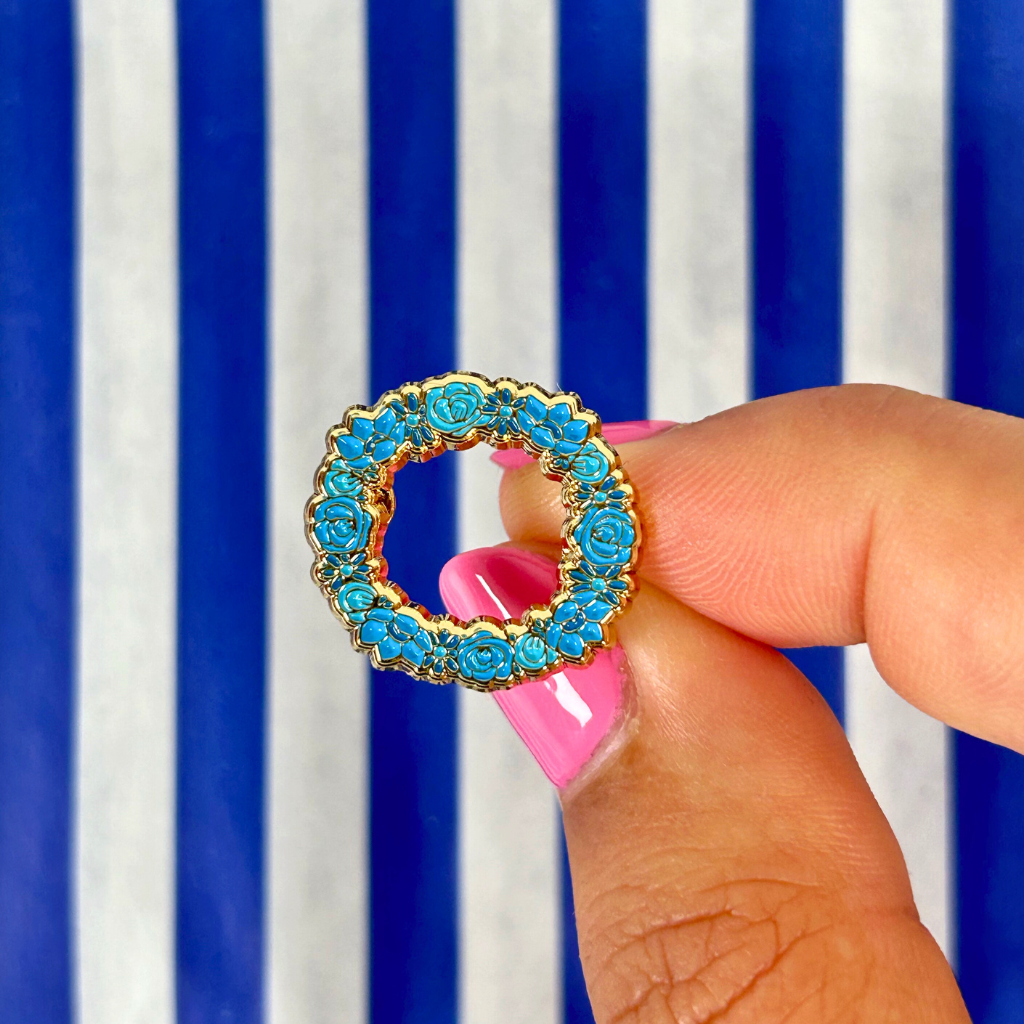Disclaimer: This blog shares general information and personal experiences, it’s not medical advice. Always follow guidance from your diabetes team or hospital.
Facing surgery as a type one diabetic can feel a little daunting, not only are you thinking about the procedure itself, but also how to keep your blood sugars safe and steady through fasting, anaesthetic and recovery. So, let’s break it down into simple steps to help you feel as calm and prepared as possible.
1. Speak to your diabetes team first
Before anything else, contact your diabetes nurse or consultant to let them know you’ve got a surgery date. They can help you plan adjustments for fasting, insulin doses, and pump settings plus it means your hospital team can easily liaise with them if needed.
2. Refresh your prescriptions
Make sure you’ve got up-to-date prescriptions for all your supplies: insulin, CGM sensors, pump consumables, test strips, ketone strips, hypo treatments and anything else you might need. The last thing you want is to run out mid-recovery!
3. Change your site the day before
If you’re on an insulin pump or CGM, insert a fresh site the day before surgery. Ensure there’s enough insulin in the reservoir to last at least 24 hours (longer if you’re admitted overnight). Hospitals can’t always access the exact insulin or sets you use, so it’s best to be self-sufficient.
4. Pack a diabetes kitbag (plus a few extras!)
Even if you’re told it’s just a quick in-and-out procedure, always pack for the “just in case.” Surgeries can be unpredictable, and there’s nothing worse than being stuck without supplies.
Make sure you’ve got plenty of spares, infusion sets, sensors, insulin pens, hypo treatments, and anything else you rely on. You can use my free Diabetes Packing List to double-check you’ve got everything you might need (because let’s be honest, brain fog before surgery is real).
If you’ve already got an OC Dibetes Kitbag or Diabetic Grab Bag, this is your moment to shine, it’s the perfect size to keep all your diabetes bits organised, clean, and easy to find.
5. Pack an overnight hospital bag
Even if you’re told you’ll go home the same day, it’s worth being prepared. Pop in:
• Comfortable pyjamas or loungewear
• Warm socks and a hoodie
• Toothbrush and skincare bits
• A charger (with a long cable!)
• Snacks for recovery (plain biscuits, cereal bars, etc.)
6. Plan for hypo prevention
You’ll likely be nil by mouth before surgery, so it’s worth asking your team if you should run your blood sugars slightly higher or adjust basal rates. Keep glucose juice or tabs nearby in a Hypo-Pot, and make sure the staff know what to do if you go low.
7. Make your diabetes visible
Pack a medical alert card with your supplies. Some diabetics also like to label their pump or device (“medical device do not remove”). It helps prevent confusion if you’re sedated or unable to explain yourself clearly.

8. Communicate with your hospital team
On the day, let your nurse and anaesthetist know how you manage your diabetes and any preferences (such as keeping your pump on). Clear communication helps everyone feel confident, you included. I've shared more about what I do over on the OC Club Hub Blog.
9. Think about recovery
After surgery, you might find blood sugars a bit unpredictable from stress, pain or medication. Try to check frequently, stay hydrated, and eat light if your stomach’s sensitive. Recovery is not the time to chase perfection, it’s about gentle balance and giving your body time to heal.
10. Be kind to yourself
Surgery is a big deal, and adding diabetes to the mix can be emotionally draining. Celebrate yourself for managing something complex. Rest, recover, and remember you’re doing amazing.
Want to know more...
I’ve shared my full, behind-the-scenes experience of surgery and diabetes, including how I loop, advocate for myself, and communicate with medical staff over on the OC Club Hub blog, exclusively for Close Diabuddies.

